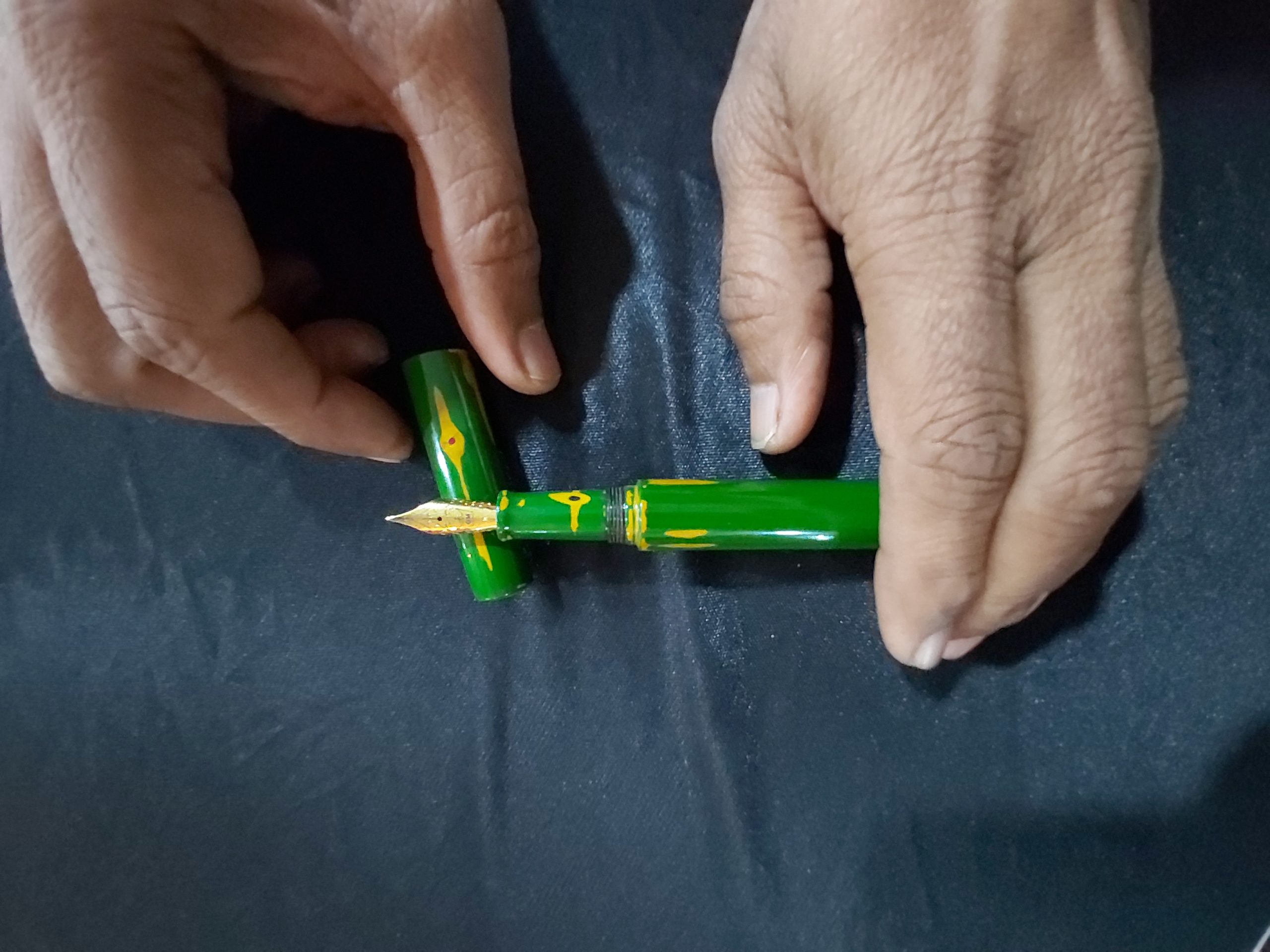
Urushi – the ancient Japanese lacquer art finds a home in India
The fumes they emit are noxious. The material itself, highly allergic to the skin. And, it is known to test even the patience of monks. So much so, that even the art it embodies, pales into insignificance, when the practical hardships the art form represent, are considered. Yes, we are talking about Japanese lacquer art – Urushi.
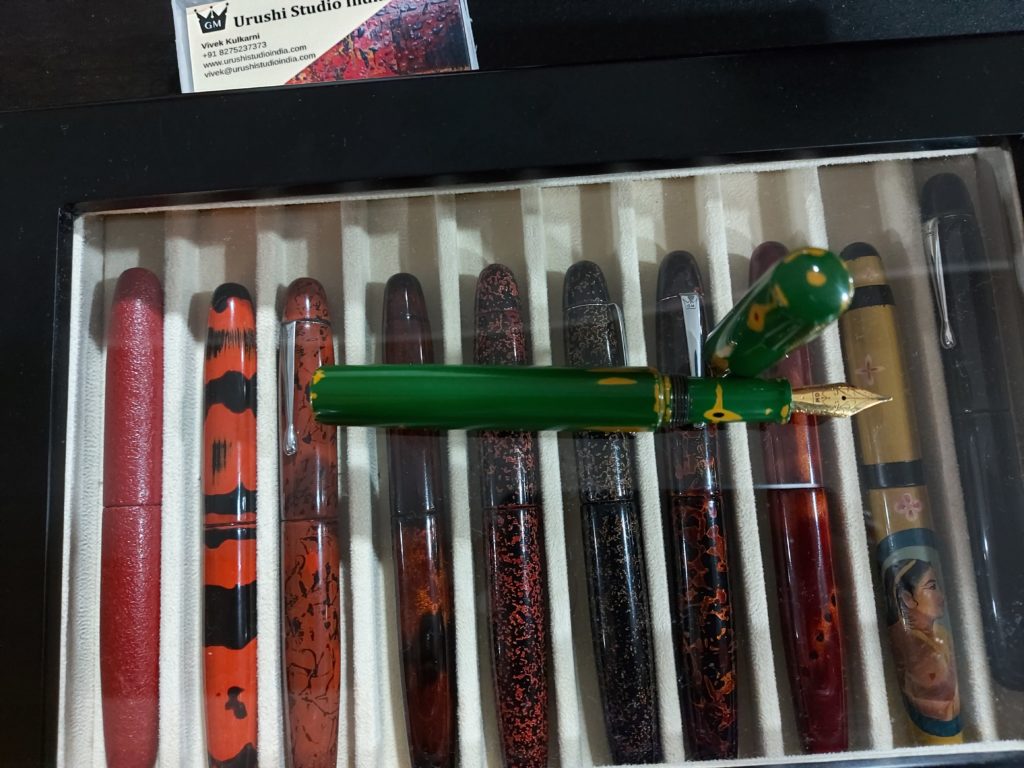
That fountain pens that incorporate Urushi art are treasured items, even revered by connoisseurs around the world, goes without saying – the price points at which they are available, often taking them way beyond the grasp of many. But then again, Urushi, like Japanese culture, is about many layers – both physically and metaphorically. On a pure physical level, it calls for the application of multiple, often innumerable layers, which fuse together to create the stunning imagery they represent. On a much higher, esoteric level, it is about interpreting the meanings and true purport of life as it fuses with the art – where each layer is there for a purpose and like pieces of a jigsaw puzzle, fall into place in a harmonious symphony that transcends time itself. The prices, however steep, are thus incidental.
Some say that Urushi had evolved in Japan independently. Some opine that it was imported from China. Some even go to the extent of claiming that the art of lacquering had originally spread from India, introduced to the far cultures by the early Buddhists. Whatever its origin may be, the fact remains – Urushi, as we know it today, is typically and characteristically Japanese, moulding not only physically into the delicate Japanese hands, but also being integral to the psyche of the Japanese people and reflecting the unique socio-cultural values of the land.
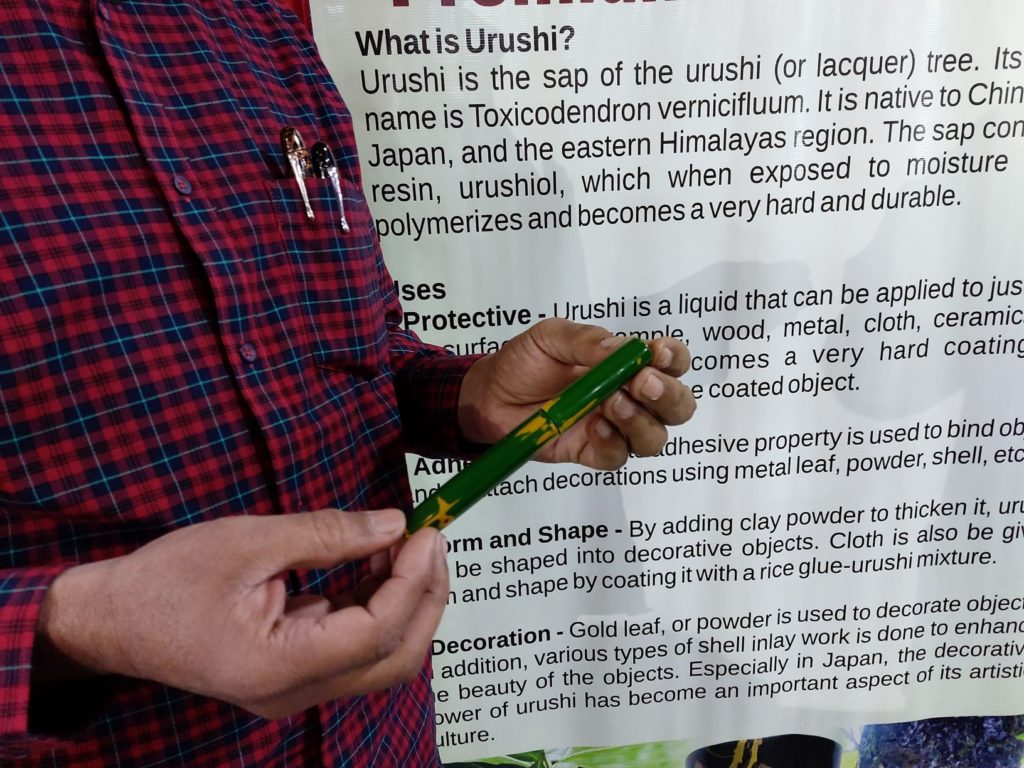
Thus, when I had first heard about Vivek Kulkarni making Urushi pens, here in India, I was sceptical. We talked over the phone, we exchanged mails and though I was immediately taken by the obvious passion of the man, my scepticism remained. While it was obvious that his understanding of the subject was thorough and that there was no ostensible reason why he couldn’t muster the art, my cynicism stemmed from my inability to believe that he could replicate either the fine nuances of the Japanese psyche that find reflections in their Urushi work or even replicate the intricate, understated elegance of Japanese Art.
There was and continues to remain, another contentious issue – Urushi, like champagne, improves with age. And there is no way we can put Vivek Kulkarni’s work take the test of time, at least in the short term. Besides, I thought – aloud, to Vivek Kulkarni on the phone – why would anyone buy a Urushi pen, made in India, when similar pens are available, that are made by the Japanese in Japan at more or less comparable price points?
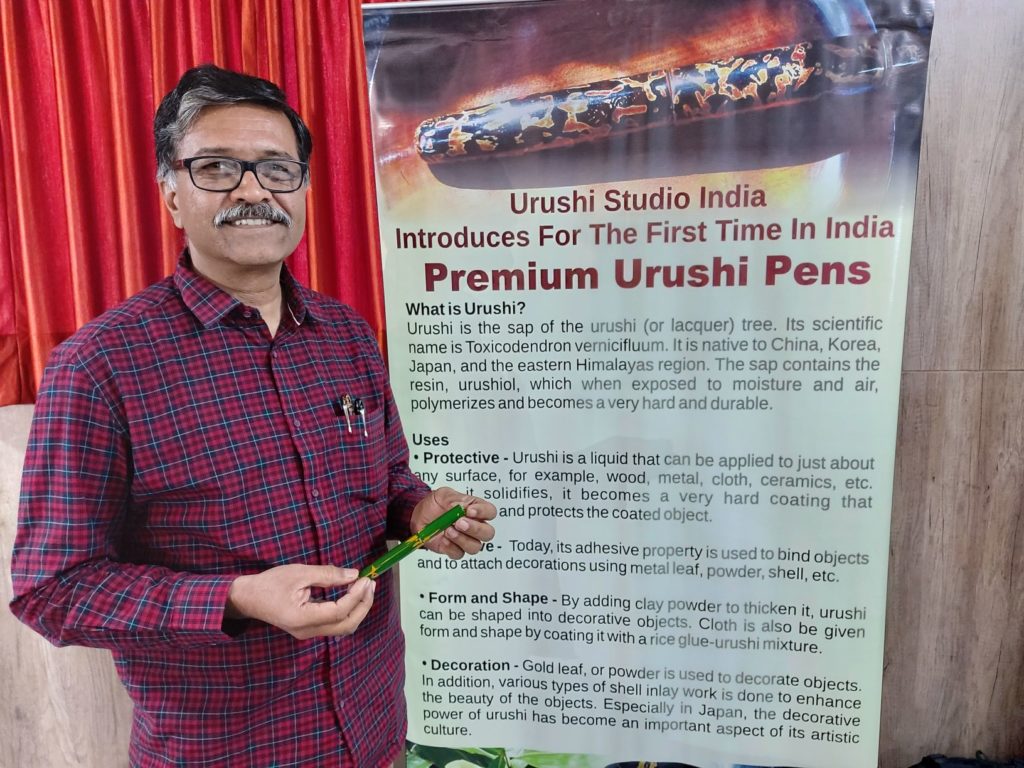
Then I met the man and was introduced to his work at the Pen Expo 2020 in Ahmedabad, where Urushi Studio India had taken a stall and had spread out its work. The first reaction? Well, I stood motionless, for what seemed to be an eternity, stunned into disbelief, such was the sheer variety and quality of what Vivek Kulkarni has achieved in the relatively short span of five years in which he has actively pursued his passion – Urushi.
He then floored me with the answer to my query by showing me something that he has created after we had our first telephonic conversation – a stunning abstract piece. On a green base, the pen featured intermittent yellow patches that encompassed some red and some black areas. A statement piece, the artwork is a compelling statement on the devastation and denudation of the environment – the green of nature being corroded into the browns, which in turn are warning of impending doom with the reds, and the black signifying destruction, the end!
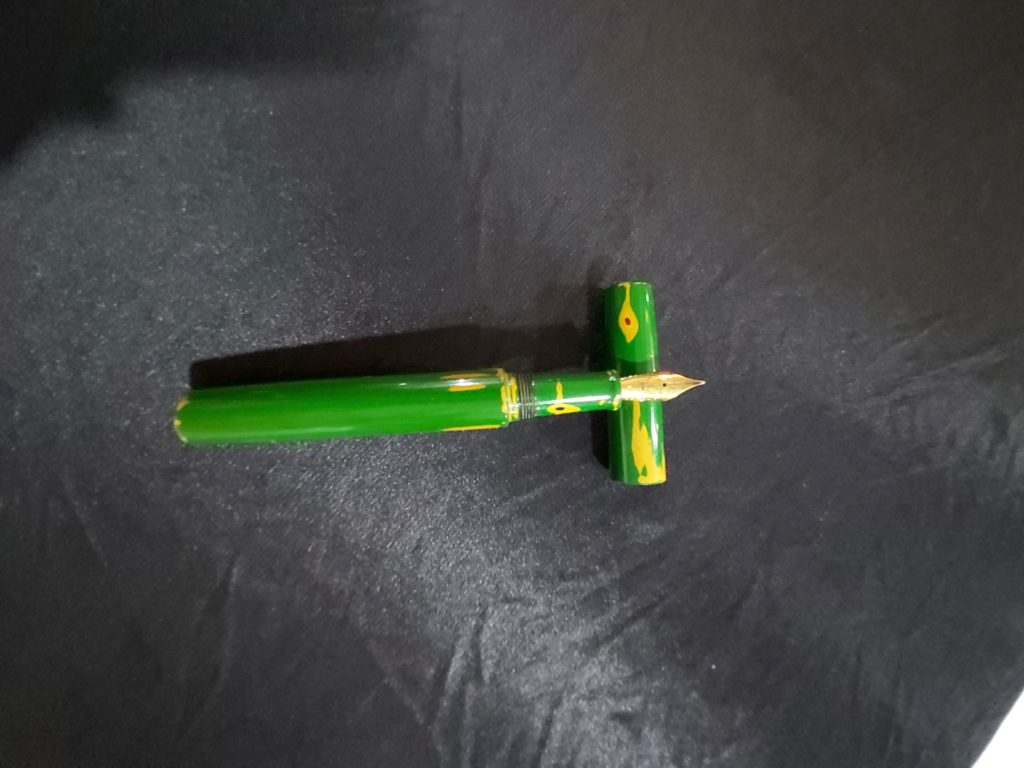
For the uninitiated, the art work was created by first applying three coats of raw Urushi lacquer, followed by three coats of black Urushi, which merged to form the base. The base was then progressively coated with four coats for red, four coats of yellow and three coats of green.
It is easier said than done, for one has to keep in mind the polymerisation process of the individual coats, which needs different time spans to settle and cure. Green and Red coats, for example, take more time to dry and merge and even an apparently insignificant time variation can destroy the entire piece.
Once the coats were in place, sufficiently dried, the base colours were exposed to the naked eye by selective sand paper scraping which brought the colours to fore, but created the unevenness of the surface, which then had to be levelled by the application of fresh coats of near transparent (read amber) lacquer. For those who still think Urushi pens can be acquired off the shelf, the entire process took Vivek Kulkarni four and a half months to complete.

“It is my way of highlighting the plight of Nature, of recollecting the horrors unleashed by the Australian Bush Fires” said Vivek Kulkarni, his contentment writ large on his face. What he does not realise perhaps is that, by doing what he has done with the Australian Bush-fire pen, he has in one fell swoop, broken his art our from the strict compartmentalisation of traditional Japanese Urushi. Yes, the technique may be Urushi, the canvas may still be the pen, but the art that has been created is global – in purpose and purport.
And yes. I take back the reservations I had earlier aired about the pricing. When an art form that is centuries old is used to make a statement on the follies of the modern, Anthropocene Man, what is created cannot be subjected to the petty yardstick of pricing. Some feelings, some creations, some emotions are well and truly, priceless.
I think it is time we stood up and put our hands together in an applause for Vivek Kulkarni.

For more information write to:
or follow:
Facebook: @urushistudioindia
Instagram: @urushi_studio_india
(the website is being revamped, will update the link when it is ready)

Thank you for bringing us the story behind Urushi in India